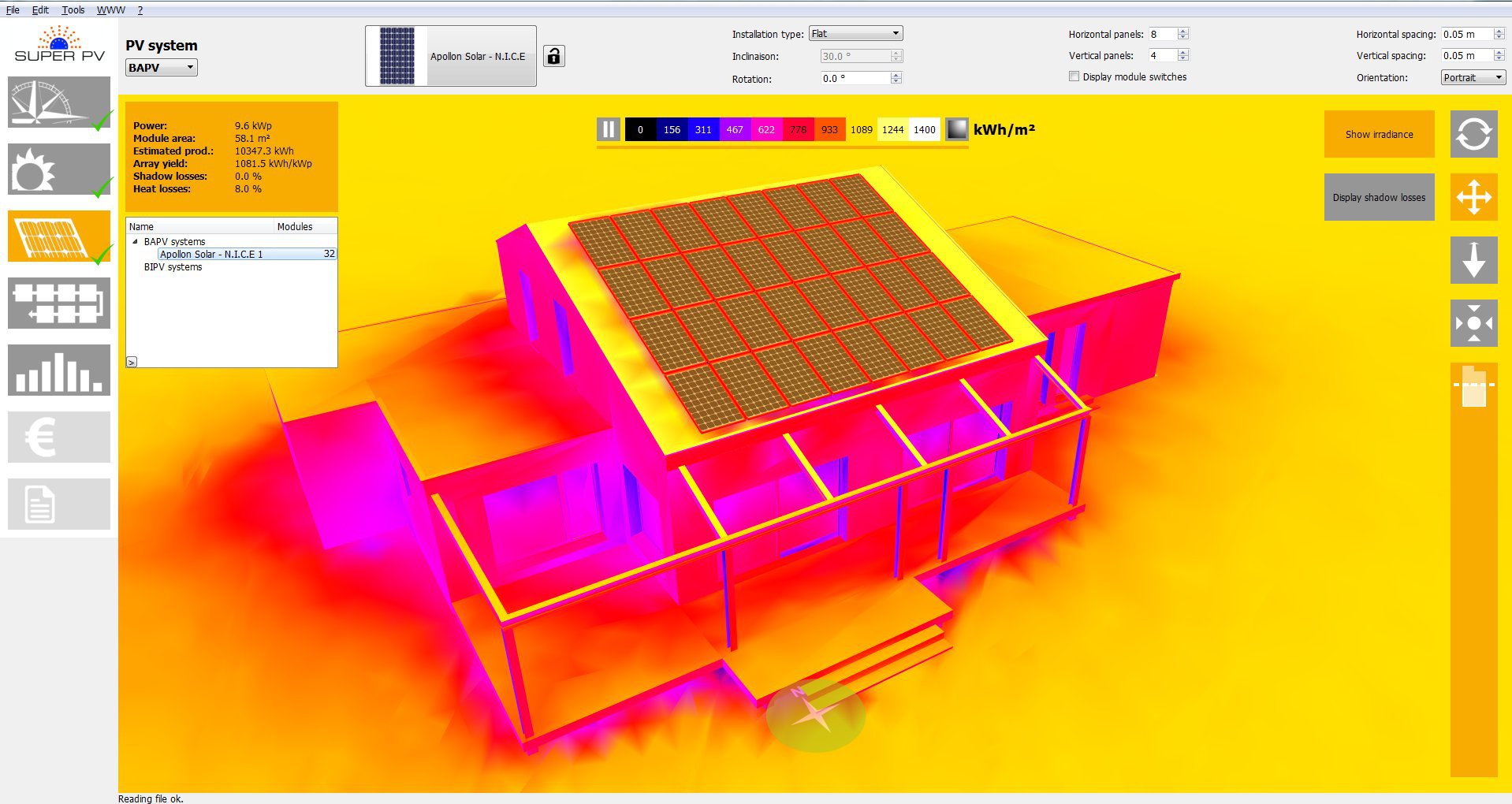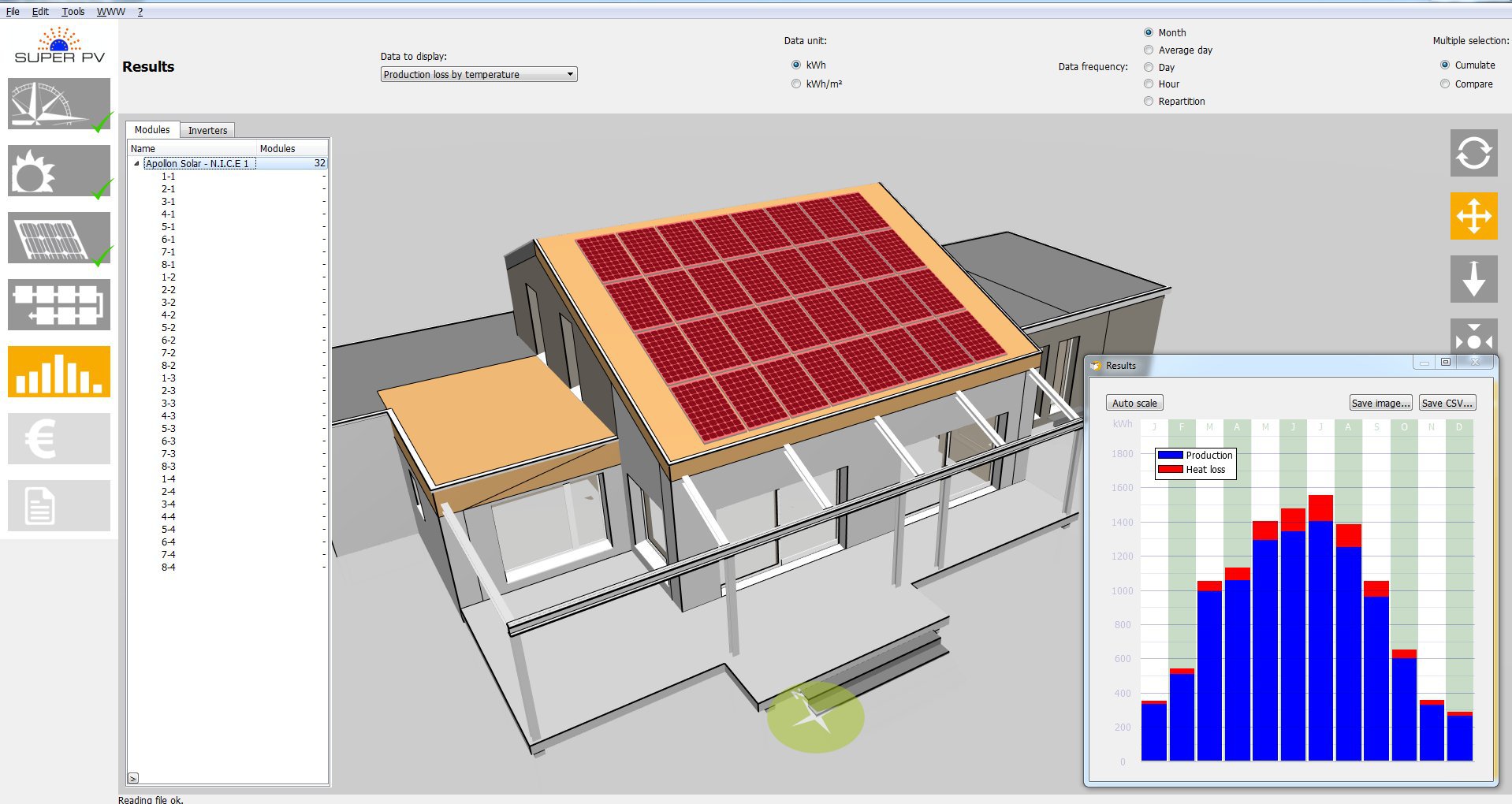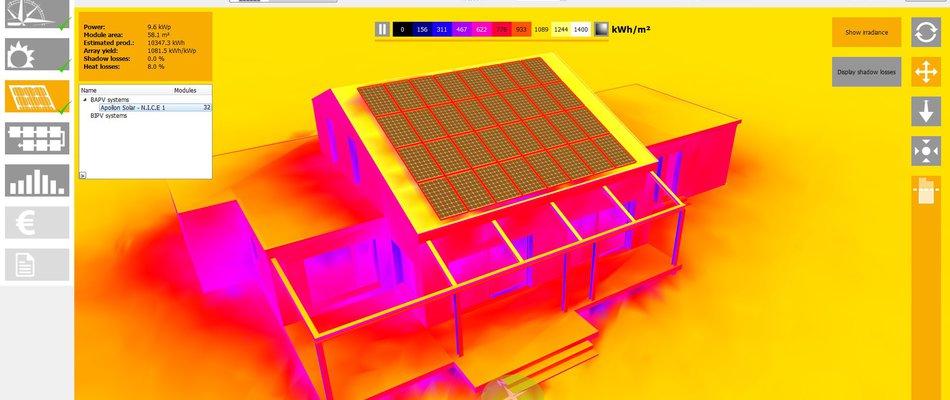According to the European Commission, Europe's energy transition is well underway and the continent is on track to reach its targets in terms of greenhouse gas emissions, energy efficiency and renewable energy. The issue is that in the future renewable energy sources will inevitably be needed to satisfy the world-wide energy transition and demand, knowing that the most available and affordable source of clean energy is solar energy.
But over the past few months, the surprise guest “Covid-19” has caused an unprecedented global economic and social crisis. The pandemic has significantly affected all aspects of life, including the energy sector. Solar, like any other industry will have its own share of challenges due to Covid-19, though unlike other industries, there will be an expectation to be more resilient, assuming the clean growth trend and digitalization transformation addressed by our project SuperPV.
Before the COVID-19 pandemic, for most people, digital transformation was an abstract concept, something far off in future. With the lockdown, many of us have turned to digital tools and discovered online and virtual activities thanks to remote technology. Indeed, in such difficult times, information and communication technologies (ICT) and digital platforms have ensured that the world does not come to a grinding halt and that our routine tasks – official, educational, or even leisure activities such as shopping – have now been maintained by going digital.
It’s clear that digitalization is going to be central to developmental (and environmental) discourse within all industrial sectors and services, to get ready for what the United Nations Conference on Trade and Development terms as a ‘digital economy’.
Moreover, the building sector is eminently responsible for over 40% of energy consumption and CO2 emissions in Europe. Improvements in the design, construction or operation of buildings entail the use of new materials and technologies and the introduction of new production and management methods. Practically, the most important technical challenges toward energy-efficient buildings are twofold:
- Bioclimatic architecture and construction, using eco-friendly sources. The bioclimatic design concept emerged involving the development of theoretical principles to ensure favorable microclimatic conditions for human comfort by means of architectural and natural elements like solar energy. The inclusion of PV elements at the early design phases of new or retrofitted buildings, however, requires the availability of appropriate software tools which focus on the specific features of this technology, considering the interaction and synergies between PV products and building energy performance, at different levels: simple tools for non-experts, providing efficiency in the design definition.

- A photovoltaic system design and installation requires good coordination between various stakeholders (client, designer, installer, etc.) and it is of fundamental importance. In fact, designers, technical experts and suppliers must be aligned while communicating and cooperating in an effective manner. BIM-based architecture, engineering and construction (AEC) process to support the visualization and management of a building's performance, demonstrating a method for the capture, collation and linking of data stored across the currently disparate BIM and building management system (BMS) data environments. The BIM (Building Information Modelling) technology is expected to support the creation of beautifully integrated habitable spaces in harmony with nature & utilizing natural resources to reduce or even produce excess energy. BIM tools for designers, with a large library of pre-configured PV modules can be integrated into building projects at the very early stage. The simulation and calculation software within the BIM methodology are relevant in designing green buildings because they provide projected qualitative and quantitative results of the building’s performance. They can be used either to help making decisions (comparison of the impact of several technical scenarios, where designers choose the less impacting one), or to justify the choices made with quantitative results (at the end of the design process). These can include accurate algorithms addressed to thermal experts for the calculation of the energy yield and impact of PV products on the building energy balance; support tools for technical and economical assessment of PV installations for promoters, manufacturers and installers; and even marketing tools for PV and construction products manufacturers.

Finally, the eventual downturn of the PV market will be justifying more than ever the need of the digital transformation and twin concept that could help predict long term benefit of PV (LCOE etc...) versus oil price yoyo and many other uncertainties in our global world.

